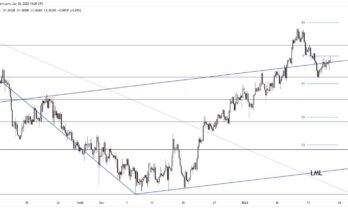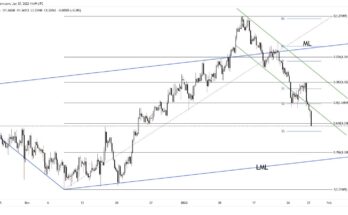Yesterday was a day when markets were clearly on the defensive, with the trigger (the fall in China PMI) in some ways not justifying the moves, but nevertheless highlighting the fact that markets were perhaps becoming a little too complacent. As such, we saw stocks sell off, with US indices closing around 1% lower, but in FX the moves were also indicating a more conservative approach.
Once again yen bears were frustrated as risk aversion took hold and further underlining our view that further yen weakness is going to be difficult to see without concerted action from the Japanese authorities. The pain was most felt in the Aussie, which has followed through in Asia trade to push below the 0.87. We’ve said before that the Aussie is becoming less linked with the fortunes of China and that remains true, but its trade dependence remains high and the losses reflect the fact that investors were reacting to the consequences of a China slowdown, which in a relative sense will still affect Australia the most.
The other standout from yesterday was the UK and the Bank of England governor’s reaction to the latest employment data see on Wednesday, the unemployment rate having moved decisively towards the Bank’s 7.0% ‘intermediate target’ which was introduced in August last year and was seen taking nearly 3 years to hit (now looking like 6 months). He undermined his own forward guidance policy by suggesting that there was “no immediate need†to increase rates. Nevertheless, sterling has remained firm, managing further highs vs. the dollar for the year above the 1.6650 level. For now, markets are not quite believing him, pricing in a rate hike by the early part of next year



